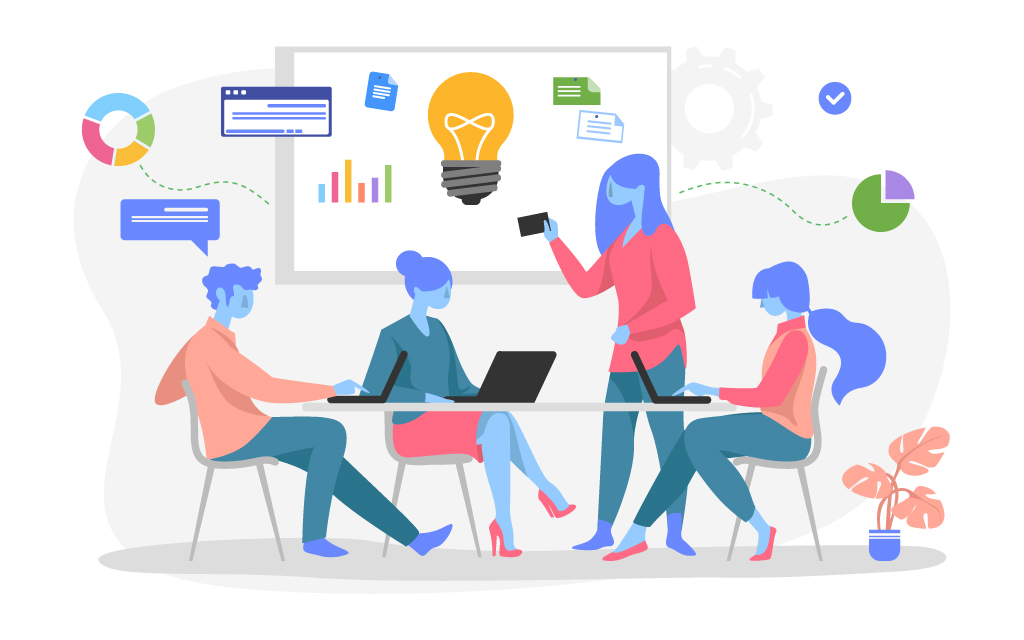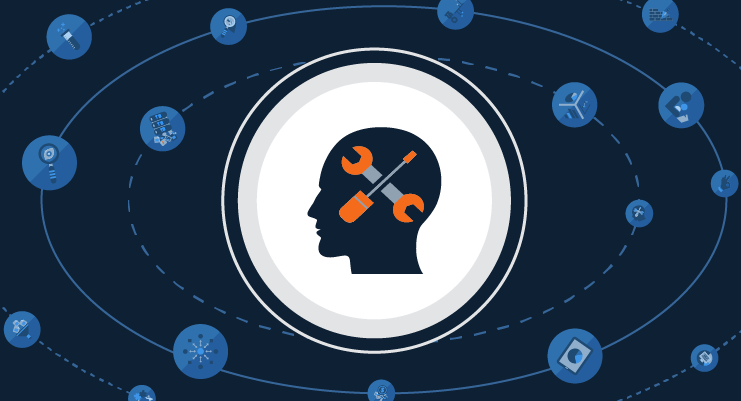

These are the users with the most advanced BI skills and requirements. Typical users can be assigned to three roles which, in reality, overlap and change according to the task at hand:Ībout 1 to 5 percent of all BI users can be described as business analysts. Therefore, the need for self-service within a BI environment varies according to user requirements. In the very same environment, power users or business analysts might have to integrate local data from different sources on their own so they can quickly build or enhance existing reports. Its meaning depends very much on the specific requirements of particular user roles. For each role, self-service BI can help users accomplish various tasks.įor example, casual BI users often only need to be able to filter and group data. At its heart lies the notion of user independence and self-sufficiency when it comes to the use of corporate information, which leads to a decentralization of BI in the organization.īeyond this rather broad definition, self-service BI has many facets. The aim is to give the users of BI tools more freedom and responsibility at the same time. In the most general sense, self-service BI tasks are those that business users carry out themselves instead of passing them on to IT for fulfillment.

Visual BI has done an in-depth comparison of the top 5 players in this space, by taking into consideration of 100 different factors like ease of use, data connectivity and data blending capabilities, visualizations, collaboration, push notifications, commentary, mobile capabilities, performance, pricing, enterprise scalability, security, advanced analytics and many other use cases.Self-service BI is a trend with a somewhat vague definition. We have re-evaluated the prominent self-service BI and data discovery capabilities of the top players in the market namely SAP Analytics Cloud, SAP Lumira, Microsoft Power BI, Tableau, Qlik Sense & TIBCO Spotfire.




 0 kommentar(er)
0 kommentar(er)
